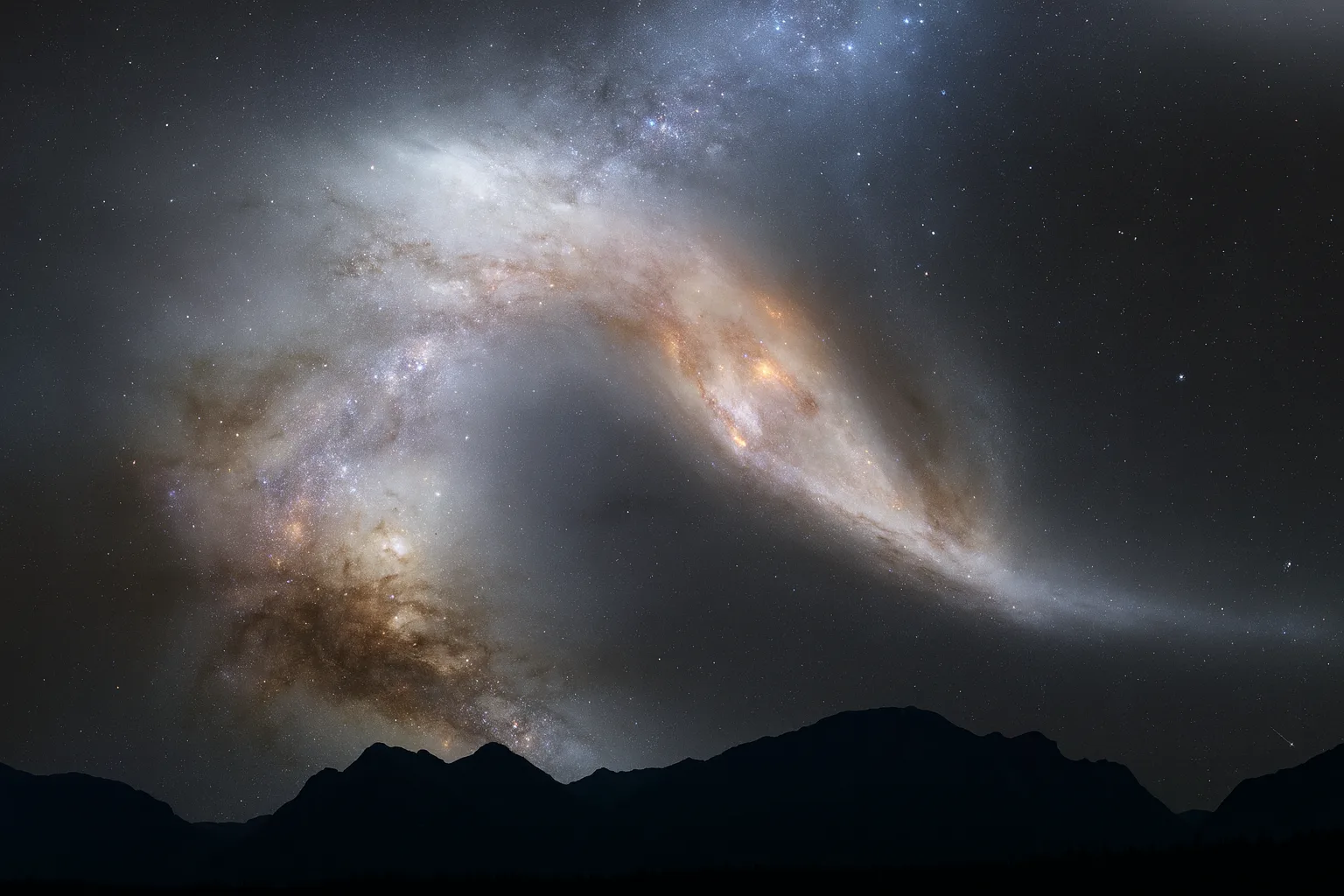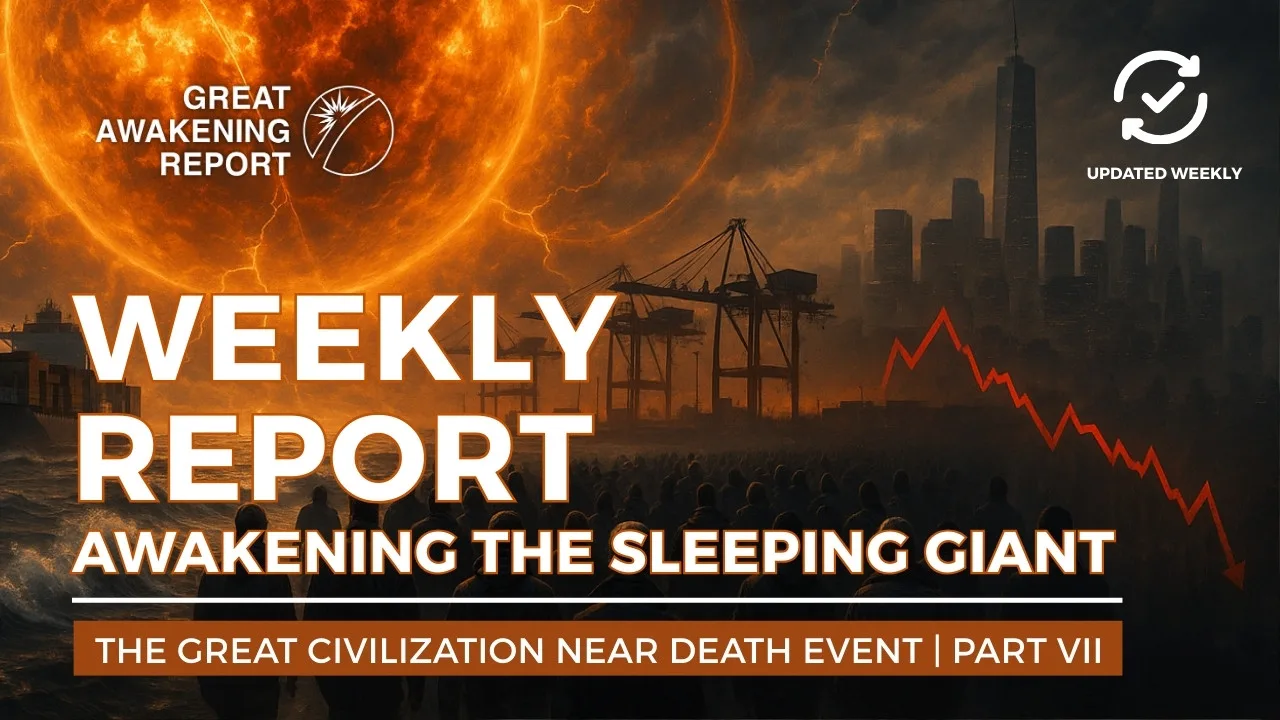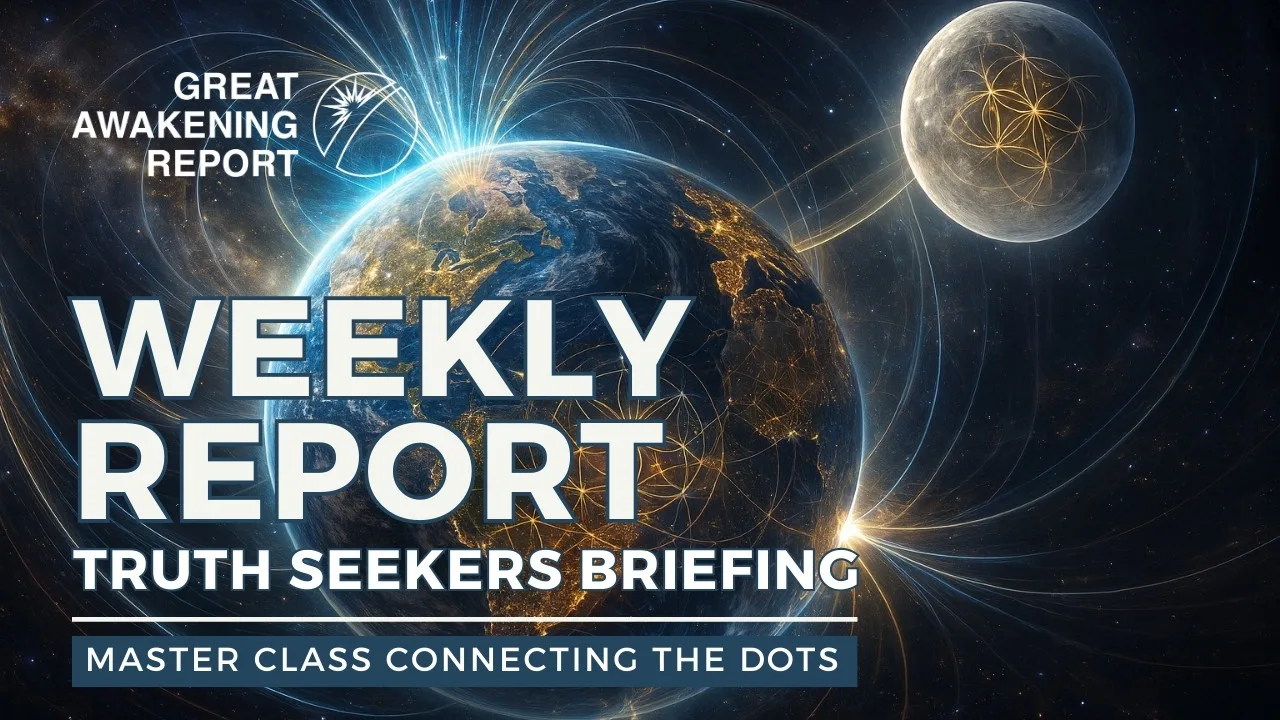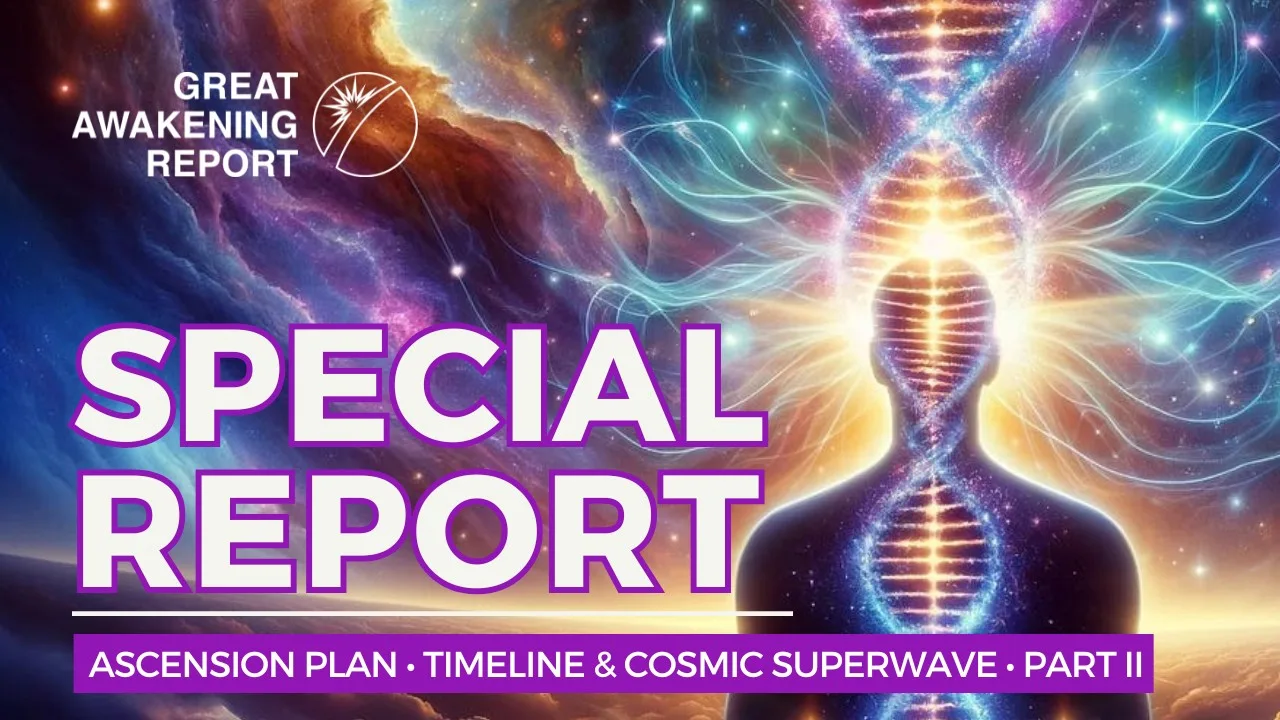Introduction to Cosmic Collisions
Cosmic collisions, such as the merging of galaxies or the impact of asteroids, exert a significant influence on the evolution of the universe. These dramatic events shape the structure of galaxies and the formation of new stars, playing a crucial role in determining the cosmic landscape. For instance, the collision between the Milky Way and the Andromeda galaxy is expected to fundamentally alter both galaxies over the next few billion years, possibly leading to the formation of new stars from the remnants of the collision [Source: The Guardian].
The study of cosmic collisions also provides insights into the fundamental processes that govern celestial mechanics and the dynamic behavior of matter under extreme conditions. Observations of such events offer valuable information on the physical laws that govern the universe, including gravity, momentum conservation, and energy distribution, which are vital to our understanding of astrophysics [Source: Scientific American].
Moreover, cosmic collisions can sometimes trigger significant phenomena like gamma-ray bursts, which are the most energetic explosions in the universe, illustrating the interconnectedness of different cosmic events. These bursts can outshine entire galaxies for a brief moment and are believed to arise from cataclysmic events, including supernovae and neutron star collisions [Source: NASA].
Thus, these compelling events are not just fascinating to observe; they are crucial for comprehending the ongoing narrative of the cosmos. Understanding cosmic collisions enhances our grasp of the universe’s formation, evolution, and the complex interplay of forces that govern celestial bodies.
What’s Happening: A Closer Look at the Collision
The Milky Way is on a collision course with the Andromeda galaxy, a monumental event expected to unfold over the next several billion years. Current estimates suggest that Andromeda, approximately 220,000 light-years away, is about 110,000 light-years in diameter, making it slightly larger than the Milky Way, which spans about 100,000 light-years. As these two galaxies approach, they will interact gravitationally, ultimately merging into a single, larger galaxy, often dubbed “Milkomeda” or “Milkdromeda.”
Studies indicate that this cosmic collision will not immediately result in the destruction of stars; rather, the vast distances between stellar bodies mean that direct star collisions are unlikely. Instead, the gravitational forces will reshape both galaxies, leading to significant star formation as gas clouds compress and collapse. Classic simulations suggest that this interaction could spark a new era of star formation, potentially rejuvenating the galactic populations of both galaxies.
Moreover, as Andromeda approaches, its gravitational influence may already be impacting the Milky Way’s satellite galaxies, altering their trajectories. This galactic collision is unique as it will provide astronomers unparalleled opportunities to study galaxy evolution firsthand. The event is expected to commence in about 4.5 billion years and culminate in a merged galaxy in around 6 billion years. The implications for our cosmic environment are profound, heralding a shift in not just the structure but potentially the fate of our galaxy and all that resides within it [Source: Farm Progress], [Source: Australian Mining], [Source: BCIS].
For a more in-depth exploration of cosmic events and their significance, check out our article on the Galactic Dynamics and Cosmic Interactions.
Star Formation and Galactic Evolution
Galactic evolution is significantly influenced by physical events such as galaxy collisions, which can dramatically alter star formation processes. When two galaxies collide, their gravitational interactions can disturb the gas and dust within them, triggering intense starburst activity. This violent shuffle leads to the formation of new stars at a rate much higher than in undisturbed galaxies. For instance, in the merging of the Antennae Galaxies, observations reveal a remarkable spike in star formation, producing thousands of new stars from the compression of gas and dust caused by the collision [Source: NASA].
These mergers can also lead to the creation of supermassive black holes at the centers of galaxies, which in turn influence their future evolution. When galaxies collide, their central black holes can merge, leading to a more significant gravitational influence that shapes the surrounding stars and gas [Source: ScienceDirect]. The complex dances of these celestial bodies ignite the formation of new stellar populations, affecting the galaxy’s morphology and structure for billions of years.
Furthermore, the interactions can strip away outer layers of galaxies, leading to a phenomenon known as ram-pressure stripping, where gas is removed from a galaxy’s interstellar medium, reducing its capacity to form new stars. These processes highlight not only the dynamic but also the cyclical nature of galaxy evolution, where events of destruction can catalyze new creation. The long-term consequences of these interactions include an increase in the fraction of the galaxy’s available gas turned into stars, significantly shaping the chemical makeup of galaxies and impacting their eventual fate in the cosmological timeline [Source: Annual Reviews].
As we gaze into the cosmos, understanding these collisions provides crucial insights into our galaxy’s past and hints at the myriad ways galaxies transform over cosmic time. Continued research in observational astronomy, alongside simulations of these events, allows astronomers to unveil the fascinating timeline of galactic evolution driven by such monumental interactions.
Impact of the Collision on Earth and Beyond
The potential impact of a collision, especially with an asteroid or comet, on Earth and beyond can have far-reaching consequences. Such events can lead to observable phenomena like meteor showers, which might occur when the remnants of the collision enter Earth’s atmosphere. The atmospheric entry of these fragments can create bright streaks of light known as meteors, while larger impacts can result in catastrophic destruction on the ground.
The theoretical consequences of a significant collision are even more severe. A collision with a sizeable celestial body could cause shockwaves capable of triggering massive earthquakes and tsunamis, significantly impacting both life and infrastructure. Historically, events like the Chicxulub impact, linked to the extinction of the dinosaurs, illustrate the possible global effects. This impact led to dramatic climate changes, including prolonged darkness due to particulates in the atmosphere, which would be devastating for ecosystems and human civilization alike [Source: NASA].
Moreover, the gravitational effects of a collision can influence planetary orbits, potentially altering the dynamics of our solar system. Such shifts in gravitational forces could lead to collisions between other celestial bodies, exacerbating the existing threats. The long-term effects of a significant collision may even facilitate geological changes on Earth, such as the formation of calderas and adjustments in tectonic plate alignments, highlighting the complex interplay of celestial mechanics and geological outcomes [Source: Scientific American].
In addition to physical destruction, there could be psychological and social ramifications on Earth as communities grapple with the aftermath of such a catastrophic event, leading to mass migrations, resource scarcity, and social unrest. Understanding these impacts, therefore, is crucial for preparedness and mitigation strategies that could help us combat or survive a similar scenario in the future [Source: Great Awakening Report].
Astronomical Tools and Techniques: Watching the Event Unfold
Observing cosmic events, especially massive collisions in space, necessitates sophisticated astronomical tools and techniques. Here’s a glimpse of some of the most effective technologies currently employed by scientists.
1. Telescopes: Ground-based and space telescopes, such as the Hubble Space Telescope and the upcoming James Webb Space Telescope, provide invaluable insights into distant cosmic events. These instruments utilize different wavelengths of light, from visible to infrared, to capture data on the behavior and properties of astronomical objects during collisions. For example, Hubble’s deep field images allow researchers to study galaxy interactions over vast distances, revealing how such events influence galaxy formation and evolution [Source: NASA].
2. Radio Astronomy: Facilities like the Very Large Array (VLA) and the Square Kilometre Array (SKA) enable astronomers to observe celestial phenomena via radio emissions. These observations are crucial for understanding the energetic processes in supernova remnants and in merging black holes, offering insights into their structure and dynamics [Source: Astronomy.com].
3. Gravitational Wave Detectors: Laser Interferometer Gravitational-Wave Observatory (LIGO) and Virgo are designed to detect ripples in spacetime caused by massive celestial events, such as black hole mergers or neutron star collisions. The data collected not only confirms Einstein’s theory of general relativity but also opens new avenues in observing cosmic events that are invisible to traditional telescopes [Source: LIGO].
4. Spectroscopy: Astrophysics relies heavily on spectroscopy, which allows scientists to analyze light from distant objects. By examining the spectrum of light emitted or absorbed by materials in colliding galaxies, researchers can deduce information about their speed, composition, and interactions. This technique has refined our understanding of the dynamics involved during galactic collisions [Source: Astronomy.com].
5. Satellite Technologies: Satellites equipped with advanced sensors monitor cosmic events across various spectra, collecting data that is processed on specialized platforms. These satellites assist in gathering continuous data on phenomena such as solar flares and cosmic radiation, important factors in understanding the conditions surrounding galactic collisions [Source: NASA].
The integration of these diverse tools enhances our capability to monitor cosmic events, offering detailed insights that help decode the intricate processes at work during astronomical collisions. For more on the latest astronomical advancements, consider exploring our articles on space observation.
The Future of the Milky Way: What Comes Next?
The future of the Milky Way galaxy holds profound implications as it experiences its slow-motion collision with the Andromeda Galaxy. This event, set to occur over the next four billion years, will drastically change the structure of our galaxy. Current astronomical models suggest that the two galaxies will not merge in the traditional sense, but rather interact gravitationally, leading to the formation of a new galaxy often referred to as “Milkomeda” or “Milkdromeda.”
As these galaxies collide, the mutual gravitational effects will create a dynamic environment where star formation is likely to increase due to the interaction of gas and dust from both galaxies. According to scientists, this process could create a mix of new stars while others may be ejected into intergalactic space. Eventually, the central supermassive black holes of both galaxies are expected to coalesce, forming an even more formidable entity at the heart of the new galaxy [Source: Space.com].
Over the next few million years, as the galaxies approach each other, star systems might experience drastic changes. Some systems will collide, whereas others may just pass by without interaction. Interestingly, because of the vastness of space, a direct collision between stars is quite rare; however, the gravitational influences will significantly remodel star orbits and distributions within both galaxies.
It’s worth noting that the collision will also affect solar systems like ours. While the solar system is not expected to be directly impacted, the altered gravitational landscape could lead to changes in the orbits of nearby stars and potentially disruptive events in the solar system itself [Source: NASA]. In addition, our own Sun will likely continue its life cycle, ultimately evolving into a red giant long before the entirety of this galactic event unfolds.
Ultimately, this slow-motion process illustrates the transformative nature of cosmic events, shaping not just galaxies but the very existence of solar systems distributed across vast distances. As astronomers continue to study the Milky Way’s future, they shed light on the dynamic and ever-changing universe we inhabit.
Sources
Share This Report
Have questions?
At Great Awakening Report, we are dedicated to supporting your journey toward truth and enlightenment through our specialized Coaching and Consulting services.
Coaching Services: Our coaching programs are designed to guide you through personal awakening and transformation. We offer personalized sessions that focus on expanding consciousness, uncovering hidden truths, and fostering spiritual growth. Our experienced coaches provide the tools and insights necessary to navigate your path with clarity and confidence.
Consulting Services: For organizations and individuals seeking deeper understanding and strategic guidance, our consulting services offer expert analysis and solutions. We delve into areas such as global transitions, alternative news insights, and consciousness studies to provide comprehensive strategies tailored to your unique objectives.
Embark on a transformative journey with our Coaching and Consulting services, and unlock your highest potential. To learn more and schedule a session, visit our Coaching and Consulting pages.
Thank you
Thank you to our subscribers and readers for your continued support and dedication to truth and awakening. Your encouragement, engagement, and belief in our mission make everything we do possible. Together, we are expanding awareness and helping illuminate the path forward.
If you would like to further support the Great Awakening team and our ongoing efforts to share insight, knowledge, and truth, you can DONATE HERE.
With deep gratitude,
– Great Awakening Team
DISCLAIMER: All statements, claims, views and opinions that appear anywhere on this site, whether stated as theories or absolute facts, are always presented by The Great Awakening Report (GAR) as unverified—and should be personally fact checked and discerned by you, the reader.Any opinions or statements herein presented are not necessarily promoted, endorsed, or agreed to by GAR, those who work with GAR, or those who read or subscribe to GAR.Any belief or conclusion gleaned from content on this site is solely the responsibility of you the reader to substantiate.Any actions taken by those who read material on this site are solely the responsibility of the acting party.You are encouraged to think for yourself and do your own research.Nothing on this site is meant to be believed without question or personal appraisal.
COPYRIGHT DISCLAIMER: Citation of articles and authors in this report does not imply ownership. Works and images presented here fall under Fair Use Section 107 and are used for commentary on globally significant newsworthy events. Under Section 107 of the Copyright Act 1976, allowance is made for fair use for purposes such as criticism, comment, news reporting, teaching, scholarship, and research.
COMMUNITY GUIDELINES DISCLAIMER: The points of view and purpose of this video is not to bully or harass anybody, but rather share that opinion and thoughts with other like-minded individuals curious about the subject.









